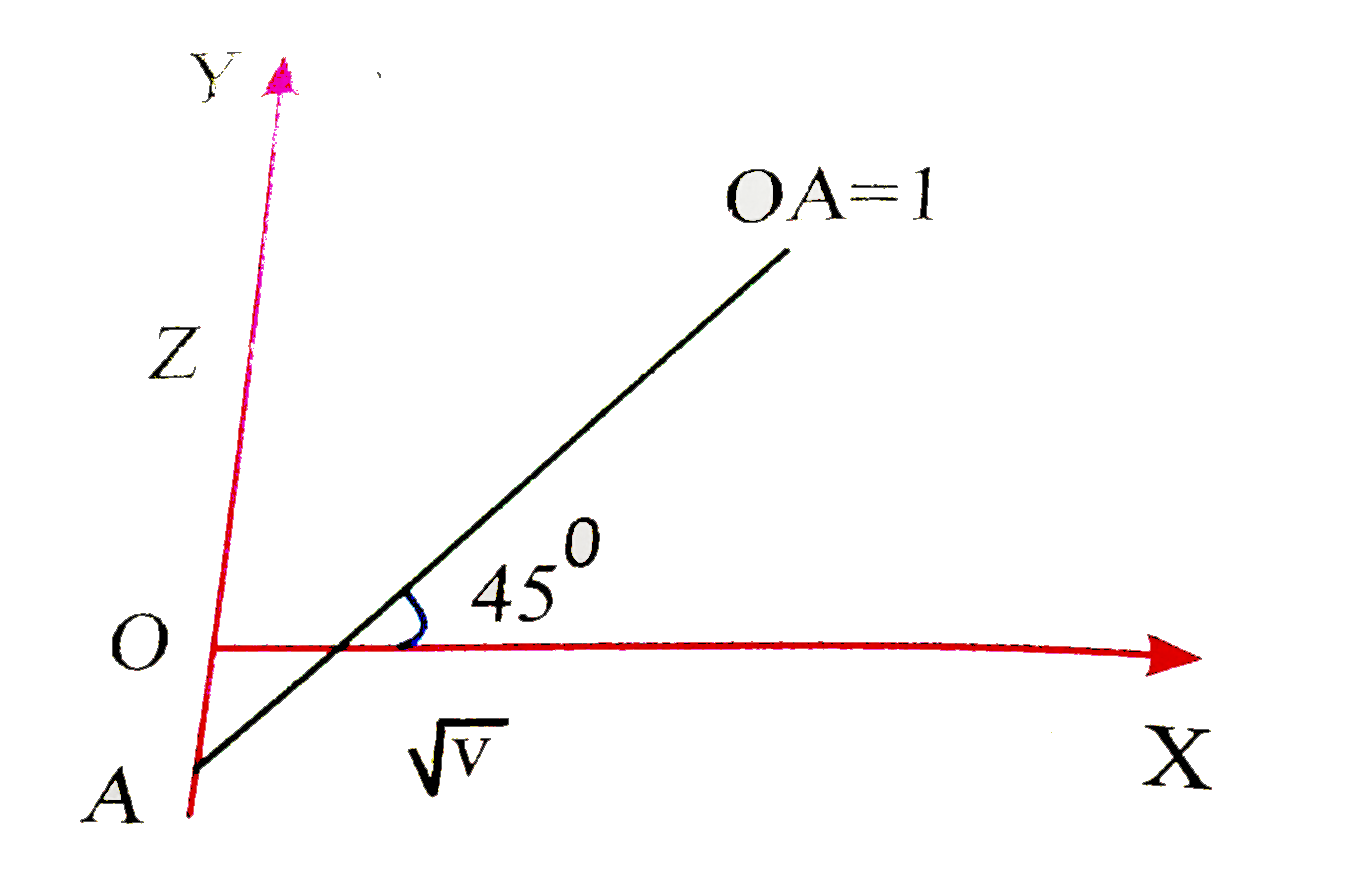Complete Solutions to EXERCISE - 2 (H.W) of chapter CLASSIFICATION OF ELEMENTS AND PERIODICITY of Class 11 book with complete answers and questions
| Class 11 | CHEMISTRY |
| Chapter | CLASSIFICATION OF ELEMENTS AND PERIODICITY |
| NARAYANA | EXERCISE - 2 (H.W) |
| Number Of Questions | 23 |
| Academic Year | 2023-24 |
The frequency of the characterstic X ray of `K_(alpha)` line of metal targent 'M' is `2500 cm^(-1)` and the graoh between `sqrt(v)` Vs 'z' is as follows, then atomic number of M is
 02:20View Solution
02:20View SolutionWhich of the following does not represents the correct order of the property indicated ?
02:39View SolutionEN of the element (A) is `E_(1)` and IP is `E_(2)`. Then EA will be
02:15View SolutionThe correct order of atomic radii is
03:58View SolutionIn which of the following arrangements, the order is not correct according to the property indicated against it. a)increase size :`Cu^(2+) lt Cu^(+) lt Cu` b)increasing `IE_(1): B lt C lt N lt O` c)increasing `IE_(1) : Na lt Al lt Mg lt Si` d)increasing `IE_(1) :Li lt Na lt K lt Rb`
03:04View SolutionSuccessive ionisation potentials of an element M are `8.3,25.1,37.9,259.3` and 340.1 ev. The formula of its bromide is
02:09View SolutionThe `IP_(1),IP_(2),IP_(3)` and `IP_(4)` of an element A are `6.0, 10.0, 16.0` and `45.0ev` respectively. The molecular weight of the oxide of the element A is (x is atomic weight)
01:29View SolutionH-H, X-X and `H-X` bond energies are `104 Kcal//"mole" 60 Kcal//"mole"` and `101kcal//"mole"`. Assuming the electronegativity of hydrogen to be 2.1 the electronegativity of unknown element X is `(sqrt(19) = 4.36)`
02:46View SolutionThe ionisation energy and electron affinity of an element are 13.0ev and 3.8 ev respectively. Its electronegativity is
01:21View SolutionThe bond energies of H-H, X-X and H-X are `104 K.cal, 38 K.cal` and `138 K.Cal` respectively the electron egativity of 'X' is `[sqrt(67) = 8.18]`
03:10View SolutionThe atomic numbers of elements A,B,C and D are Z - 1, Z, Z + 1 and Z + 2 respectively. If B is a noble gas, choose the correct statement among the following statements :
I. A has higher electron affinity.
II. C exists in +2 oxidation state.
III. D is an alkaline earth metal.01:48View Solution`M_((g)) rarr M_((g))^(+) +e^(-), DeltaH = 100eV`
`M_((g)) rarr M_((g))^(2+) +2e^(-), DeltaH = 250 eV` which is incorrect statement?01:59View SolutionThe increasing order of the first ionization enthalpies of the elements B,P,S and F (lowest first) is:
04:24View SolutionUsing the data given below,predict the nature of heat changes for the reaction .
`Mg_(g) + 2F_(g) rarr Mg_(g)^(2+) +2F_(g)^-`
`IE_1` and `IE_2` of `Mg_(g) `are `737.7 ` and `451 kJ "mol"^(-1)` . `EA_1 ` for `F_(g)` is `-328 kJ "mol"^(-1)`.02:35View SolutionThe `IE_1 " and " IE_2` of Mg (g) are 740 and `1450 kJ "mol:^(-1)` . Calculate the percentage of `Mg^(+)` (g) and `Mg^(2+)` (g) if 1g of Mg (g) absorbs 50 kJ of energy.
10:05View SolutionHow many Cs atoms can be convered to `Cs^(+)` ions by 1 joule energy if `IE_(1)` for Cs is 376 `KJ "mole"^(-1)`
01:26View SolutionThe elecron affinity of chlorine is `3. 7 eV`. How much energy in kcal is released when `2g` chlorine is completely converted to `cl^-` ion in a gaseous state ?
`(1 eV = 23. 06 kcal "mol"^(-10))`.02:39View SolutionThe energy needed for `Li_((g))to Li_((g))^(+3)+3e^(-)` is `1.96xx10^(4)"KJ mole"^(-1)`. If the first ionisation energy of Li is 520 KJ `"mole"^(-1)` calculate second ionisation energy for Li. Given `IE_(1)` for `H = 2.18xx10^(-18)"J atom"^(-1)`
05:00View SolutionFollowing statements regarding the periodic trends of chemical reactivity of the alkali metals and the halogens are given. Which of these statements gives the correct picture: A)In alkali metals the reactivity increases but in the halogens it decreases with increase in atomic number down the group B)The reactivity decreases in the alkali metals but increases in the halogens with increases in atomic number down the group. C)In both the alkali metals and the halogen the chemical reactivity decreases with increases in atomic number down the group D)Chemical reactivity increases with increases in atomic number down the group in both the alkali metals and halogens.
03:14View SolutionWhich of the following represent the correct order of increasing first ionisation enthalpy for `Ca,Ba,S,Se` and `Ar`
01:24View SolutionThe correct sequence which shows decreasing order of the ionic radii of the elements is
01:01View SolutionThe set representing the correct order of ionic radius is
05:56View SolutionThe charge/size ratio of a cation determines its polarising power. Which one of the following sequeces represents the increasing order of the polarising power of the cationic species, `K^(+),Ca^(2+),Mg^(2+),Be^(2+)`?
02:48View Solution
EXERCISE - 2 (H.W) questions and complete solutions for chapter CLASSIFICATION OF ELEMENTS AND PERIODICITY of NARAYANA CHEMISTRY (HINGLISH) of Class 11
